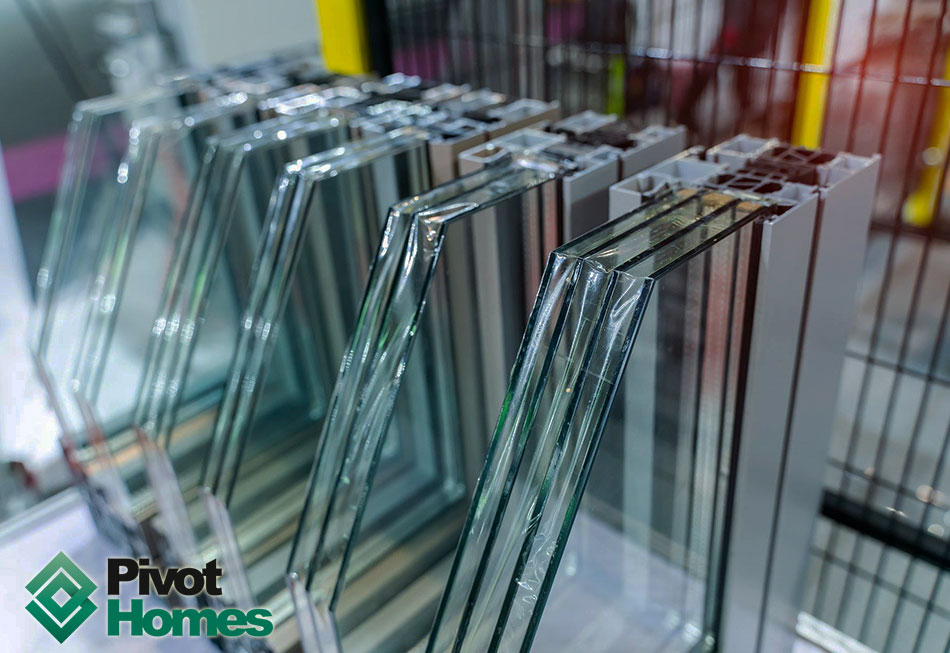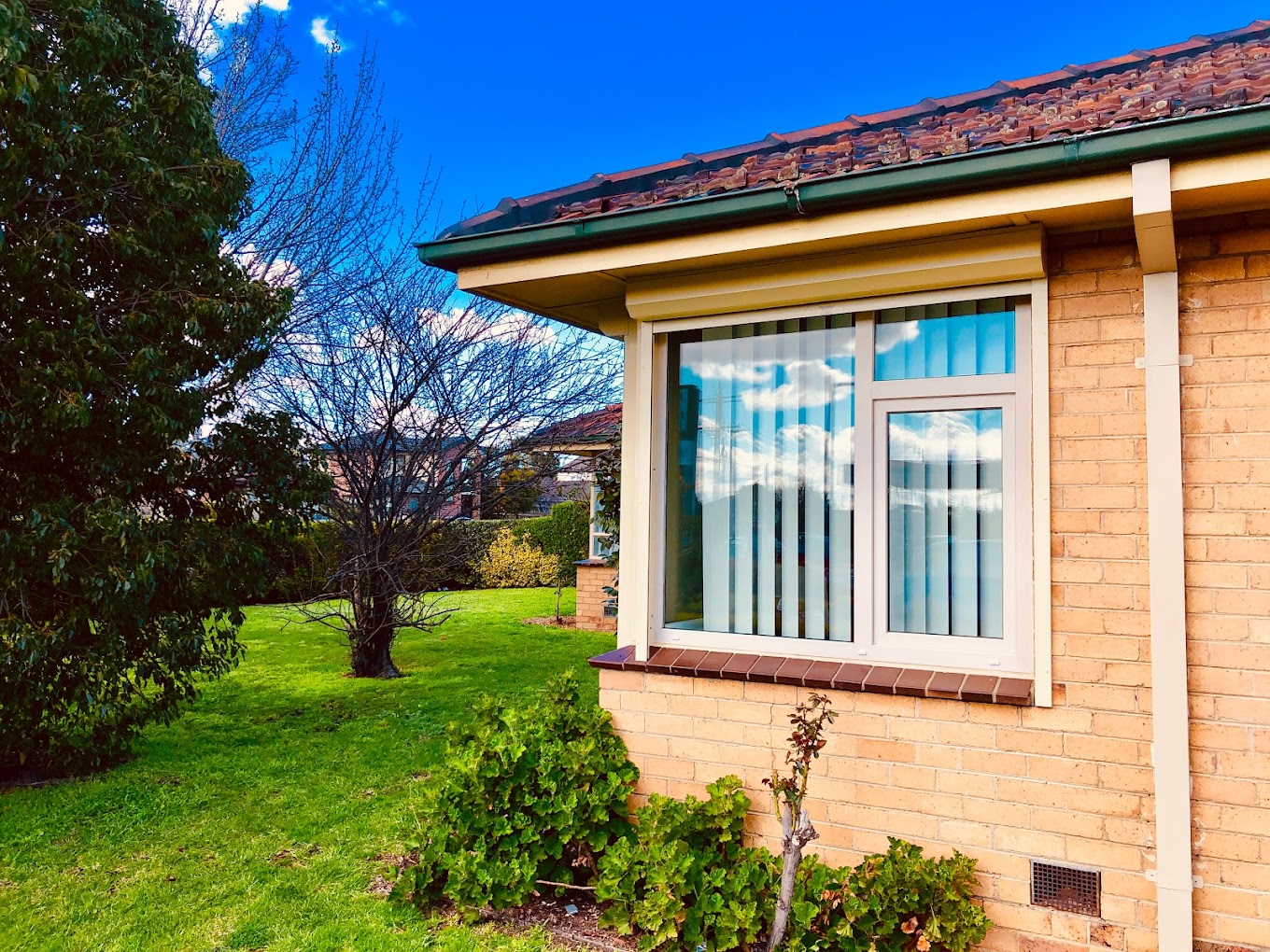All Categories
Featured
Table of Contents
How To Retrofit Your Windows With Double Glazing, And Keep ... in Attadale Western Australia
That window can send more solar heat in winter season than in summer season. A west-facing window on a summertime's afternoon has an angle of incidence from near 0 as much as 30 with a big efficient location of solar radiation. A north-facing window, in summer, has a high angle of incidence and a low reliable location of solar radiation, so can transfer less heat than a west-facing one.

But you can rapidly and easily enhance the thermal performance of your home by replacing your windows. This is among the most effective techniques of restoration to attain better thermal comfort. There are thousands of kinds of glass and frames to select from. Choosing the best ones is essential to improving the energy performance of your house.
Double Glazing Australia Blogs in Merriwa Western Australia
There are various kinds of glass products to select from. Single glazing utilizes a single pane of glass. Single glazing with clear glass is not really effective when it pertains to heat loss or gain. To enhance performance, you can use single glazing with a more energy-efficient kind of glass such as low emissivity (low-e) glass.
The energy performance of IGUs also depends on: the homes of each layer of glass. Different glass types (for example, clear and low-e glass) can be put together in an IGU.
Double Glazing Vs Triple Glazing For Windows (2023) in Wembley Perth

IGU cavities can be filled with air or a more inert, low-conductivity gas such as argon the width of the cavity. Cavity density is generally 6 to 18mm. Larger cavities offer lower (better) U worths, with 12mm usually accepted as the preferred space how well the cavity is sealed. Cavities need to be dry and well sealed to avoid wetness getting in.
If argon is set up to the cavity in place of air, wetness is reliably excluded the level of desiccant (drying representative). The spacer (metal or polymer strip) that separates the glass layers contains a desiccant to soak up any moisture. Insufficient desiccant may trigger wetness to condense on the glass surface in cold conditions, minimizing thermal efficiency.
Double Glazed Windows Melbourne - Upvc - German ... in Cottesloe WA
IGUs can deliver better energy performance for all environments, specifically in heated and air-conditioned houses. Cross-section information of single, double and triple-glazing units Low emissivity glass (frequently called low-e glass) lowers heat transfer. Low-e glass may be either high or low transmission: High transmission low-e glass has a finish that permits daylight from the sun to pass into your home to accomplish great solar heat gain, however reduces the amount of the long wavelength infrared heat that can escape back through the window.
Low-e glass has either a pyrolytic finish or a vacuum-deposited thin film metal finishing. Pyrolytic coverings are resilient and can be utilized for any glazing; vacuum-deposited finishings are soft and are only utilized within IGUs. Low-e coverings can substantially enhance both U value and SHGC; nevertheless, they must be used correctly or they will either weaken or fail to carry out as needed.
Twinglaze® Double Glaze Specification Act - Vic in Melville Perth
Low-e coatings can be utilized in mix with clear, toned or reflective glass. Low-e coatings on glazing can decrease heat transfer where needed Image: Department of Industry, Science, Energy and Resources Toned glass has actually colouring additives consisted of during manufacture. It is readily available in various colours, usually bronze, grey, blue and green.
Table of Contents
Latest Posts
Which Type Of Glass Is Best For Energy Efficiency? - A&l Windows in Medina WA
Double Glazing Versus Secondary Glazing in East Victoria Park Western Australia
A Complete Guide To Double Glazed Windows in Kewdale Perth
More
Latest Posts
Which Type Of Glass Is Best For Energy Efficiency? - A&l Windows in Medina WA
Double Glazing Versus Secondary Glazing in East Victoria Park Western Australia
A Complete Guide To Double Glazed Windows in Kewdale Perth